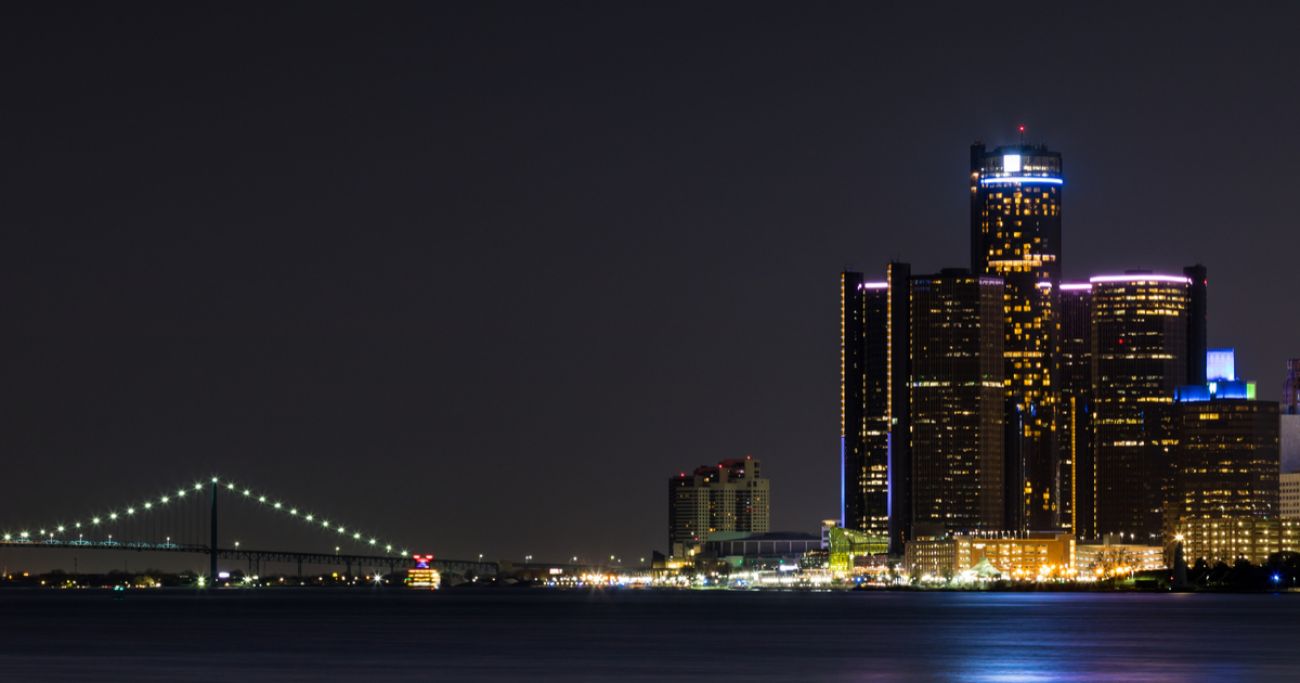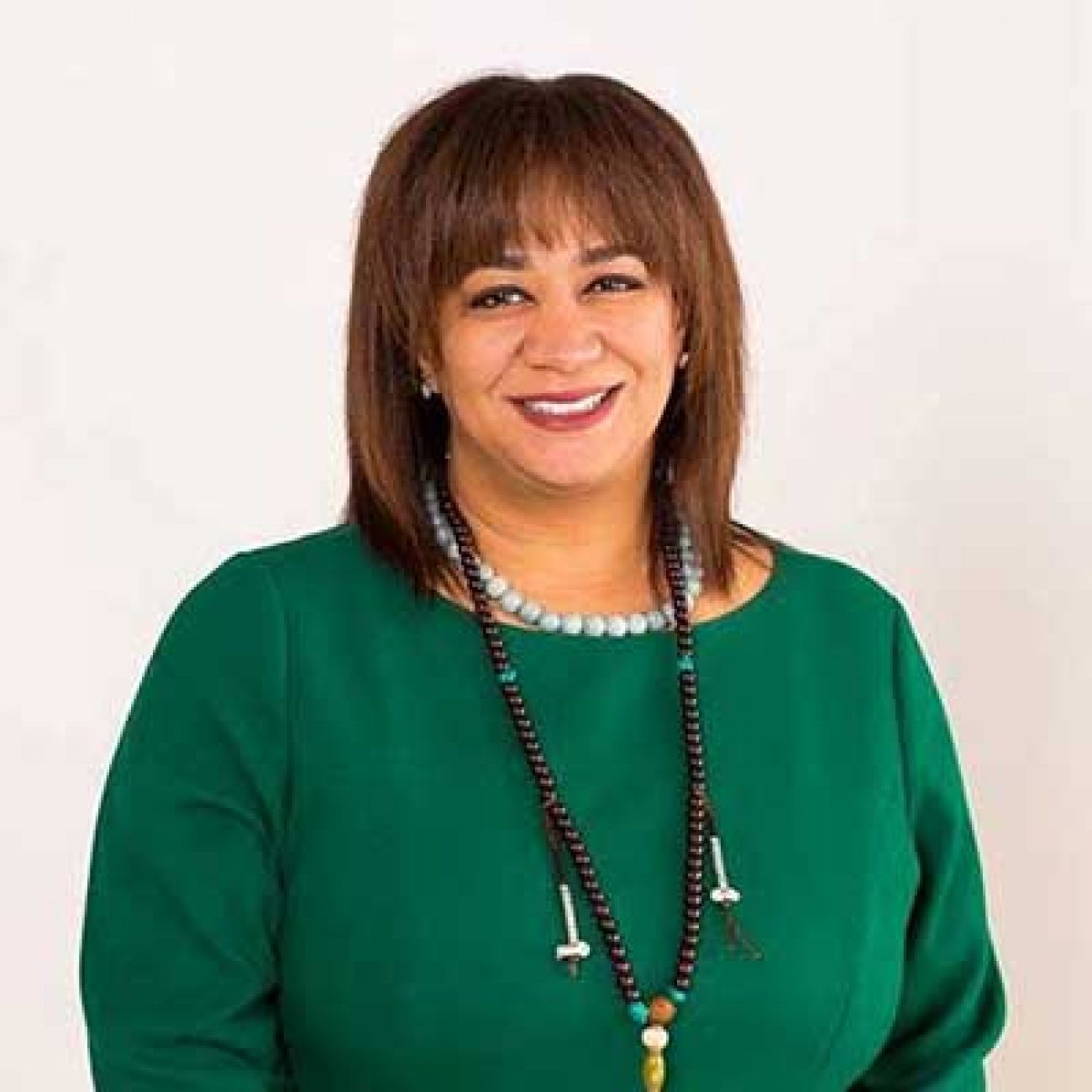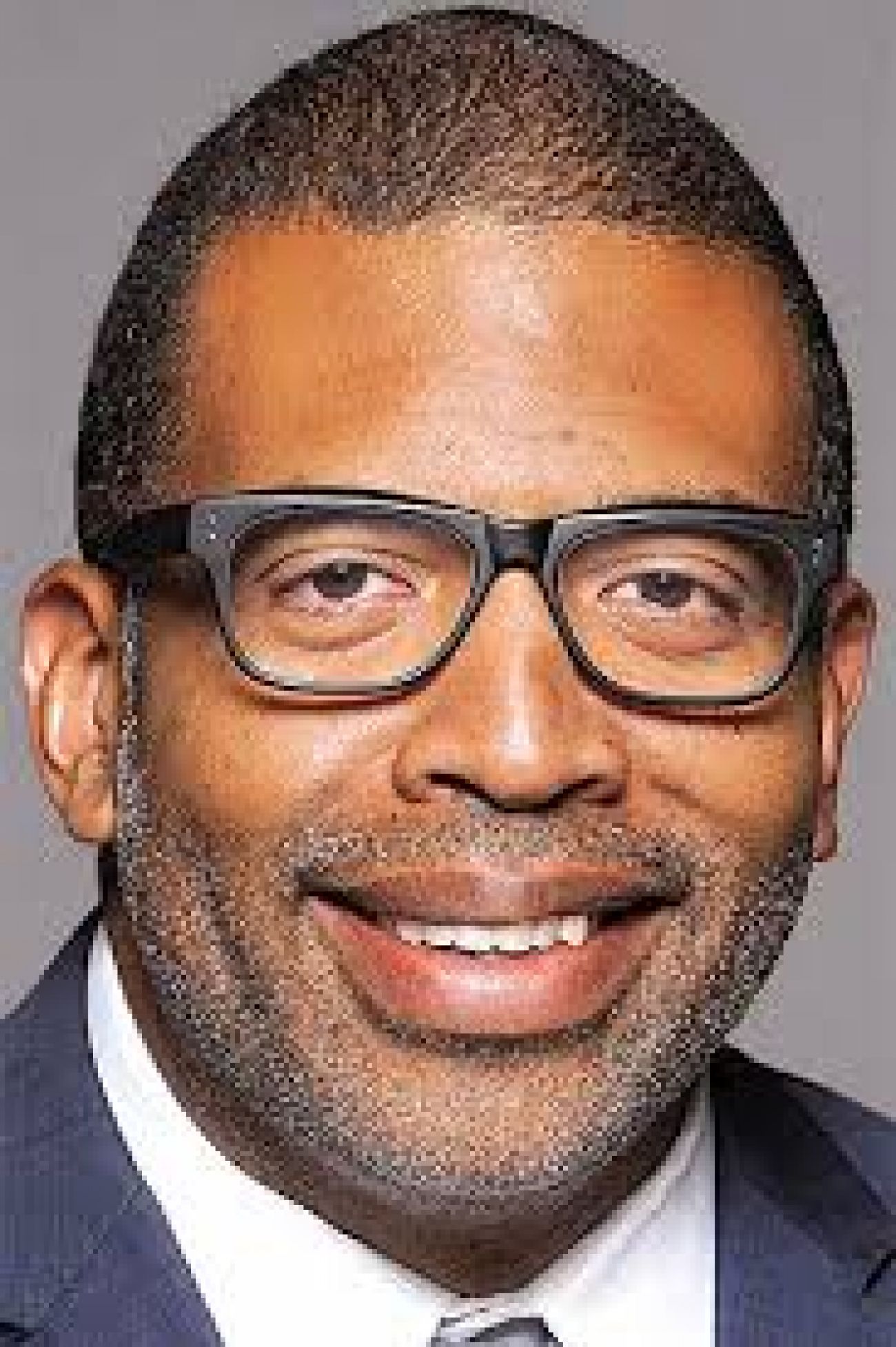Detroit must build its middle class to make its comeback

Detroiter Kyra Sanders moved away when she graduated college in 2000.
By 2004, she moved back to Detroit and bought a condo near downtown intent on becoming part of her hometown’s rebirth.
Since then, she’s seen an ebb and flow in her quality of life: she pays astronomically high car insurance, saw a Whole Foods store open in her area to national celebration, and her property value tanked, but is now spiking.
Sanders, a social worker, has no plans to leave her condo in a gentrifying neighborhood, but understands why other people may not want to do what she did and move back to the city just yet.
“It’s a hard sell to get individuals who might be living in the suburbs to move back into these communities when schools still suck, crime is still a very real thing and we have food deserts,” Sanders said.
A new report released Monday says 25 percent of Detroiters are middle class and the city needs 27,000 more African American families to earn $46,000 or more to stabilize neighborhoods. That means more middle-class families need to move into Detroit and more families currently living in the city need to earn more money, the report says.
“Growing Detroit’s African-American Middle Class,” released by Detroit Future City, a nonprofit that conducts research to catalyze long-term revitalization of Detroit, defines the middle class in Detroit as households earning $46,100 to $115,300 per year, or between 80 percent and 200 percent of the national median income.
Related stories:
- In Detroit, surviving without running water has become a way of life
- Detroit wants to extend comeback to neighborhoods. So far, it’s a slow go.
- Detroit studying whether to shut water in underpopulated neighborhoods
- Rising rents. Falling wages. Detroit’s poor face housing crisis.
- Is your Detroit neighborhood primed for a rebound? (interactive map)
The 74-page report takes what has been known for generations - that Detroit’s economic demise happened partly because its African-American middle class moved out - analyzes the impact and makes recommendations to attract, retain and grow the middle class.
Among the key findings:
- 64,700 of the city’s 258,000 households are middle-class, about 25 percent.
- 51,400 middle-class Detroit families are African American.
- Of the 73,000 census tracts nationally, just over 1,000 are African-American-majority middle class, and of those, 11 are within the city of Detroit.
- Detroit has the lowest share of total middle-class neighborhoods among the 50 largest U.S. cities, but the sixth- highest share of African-American-majority middle-class neighborhoods
- Detroit needs 33,800 new middle-class families, or 27,700 middle-class African-American families, to stabilize neighborhoods
Anika Goss, executive director for Detroit Future City, said one of the most surprising findings was the fact that people in Detroit who have college degrees earn less than suburbanites with the same level of education.

“We have seen economic gains in salaries and wages in jobs here, but we have to make sure that Detroiters are getting opportunities for those jobs,” Goss said. “We did this (report) with the intent that investors and policy makers will see this as a tool, an opportunity, a guide and maybe even a wake up call,” Goss said.
Andre M. Perry, a David M. Rubenstein Fellow at the Brookings Institution, who provided the foreword in the report based upon his research focused on race and structural inequality, education, and economic inclusion, said a key to growing Detroit will be lifting current residents’ income.
“If we want to see more black people enter the middle class, we must invest in endeavors and interventions that lead to better-paying jobs, affordable housing, efficient transportation and effective schools,” he said.
Geographically, the greatest opportunity for growth in Detroit is happening in 91 census tracts where 30 percent to 50 percent of the households are middle or upper-middle class, Goss said.
Focusing on ways to lift near-middle class neighborhoods “to the next level of prosperity can pay big dividends for the economic growth of Detroit,” the report found.
Some of that burden falls on Arthur Jemison, the city of Detroit’s chief of services and infrastructure who oversees the housing and revitalization department.
“We often have a lot of focus, and appropriately so, on the most vulnerable people in our community,” Jemison said. “I like the (report’s) focus on attracting, retaining and growing - in particular growing the middle class.”

The report doesn’t mention Detroit’s long-gone, thriving African American neighborhood of Black Bottom or the original entertainment district known as Paradise Valley that were teeming with businesses but got plowed down to make room for freeways. But it does conclude that today’s middle-class households comprise a majority in 12 of the city’s 297 census tracts, just four percent
The number of African-American, middle-class homeowners in metro Detroit is also low. In 2017, only 43 percent of African Americans owned homes in metro Detroit, compared to the 69 percent of other homeowners, the report shows.
Kurt Metzger, a local demographer who helped with the report, acknowledged that the number of new middle class families needed to stabilize the city sounds high, while the income level that is considered middle class may sound low to some people.
The income data does not take into account household size or assets but is a stripped-down number that is used to make easy comparisons to income levels in other cities, Metzger said.
He said he hopes the new data is not looked at as another report that merely shows how bad Detroit is.
“We know we have a lot of people in poverty, but we have a lot of people on the verge of middle class wage.” he said, “Let’s not just get a lot of white kids or people with wherewithal to buy a lot of property. We have 700,000 people in Detroit. They’re not going anyplace. We really need to take stock of who lives in Detroit and ask how do we work with them on their needs.”
Until then, Detroit will be a tale of two cities, said Sanders, referring to the income gulf between the neighborhoods and the 7.2 miles of gentrification happening in downtown and Midtown.
“That has to change,” she said.
“Growing Detroit’s African-American Middle Class” is available online at www.detroitfuturecity.com. Limited print copies are available by visiting DFC’s office at 2990 West Grand Blvd., Detroit.
Related stories:
- Detroit is doing better. How much? That’s where experts disagree.
- As governor, Whitmer would create a ‘Detroit-specific strategy’ for K-12 education
- In Detroit, students never say goodbye. That’s a heartbreak for teachers.
- When students leave Detroit schools, staff often has no clue where they go.
- The children of 8B: Choice, school hopping brings ‘chaos’ to Detroit classrooms
- Real estate is hot in Detroit. But its top owner, the city, isn’t selling.
See what new members are saying about why they donated to Bridge Michigan:
- “In order for this information to be accurate and unbiased it must be underwritten by its readers, not by special interests.” - Larry S.
- “Not many other media sources report on the topics Bridge does.” - Susan B.
- “Your journalism is outstanding and rare these days.” - Mark S.
If you want to ensure the future of nonpartisan, nonprofit Michigan journalism, please become a member today. You, too, will be asked why you donated and maybe we'll feature your quote next time!

